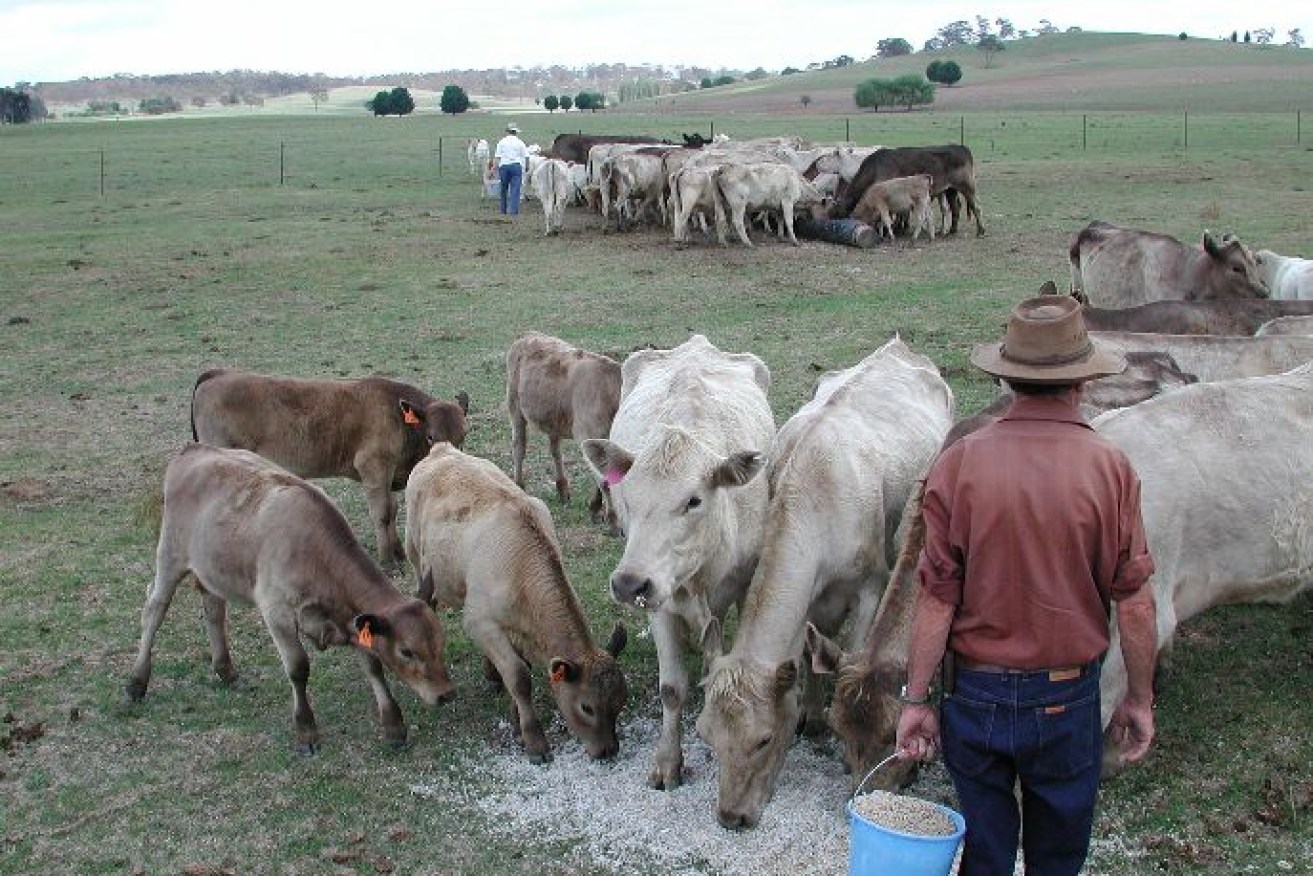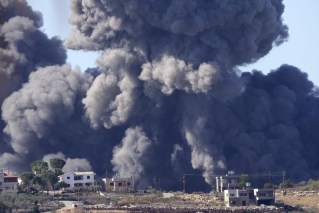Rain’s wash-up for state’s drought position remains a murky prospect
As images of swollen rivers and flooded roadways dominate the media cycle, nearly half of Queensland still officially remains in drought, although the true picture is far from clear.


Despite the shadow of Queensland's drought status, the latest rain has created one of the best starts to spring across large swathes of Queensland’s grazing country in many years.
Significant rain in the first half of this year saw Queensland’s drought declared areas fall from 61 per cent of the state’s land mass to 44.9 per cent.
That was last updated on August 1. Since then, the intervening 12 weeks have gifted more rain across the nominal ‘Sunshine State’ with forecasts promising more to follow.
Drought declarations, which are necessary to guide the state government’s allocation of emergency drought assistance, are signed off by the agriculture minister after receiving proposals from Local Drought Committees (LDCs) attached to each Local Government Area.
The LDCs used to meet to formalise their proposals in April, the traditional conclusion of Queensland’s wet season.
With variable weather now the norm, wet seasons are more dynamic and the LDCs meet as conditions require, according to a Department of Agriculture source.
There is no set date for when LDCs will next meet and no one to contact to ask as the identities of LDC members are not disclosed, the source said.
The highly secretive protocol is maintained, it is argued, to protect members from potential financial blackmail and threatening behaviour from people in the community who may benefit from a favourable drought declaration.
The lack of transparency has led to calls for reform of the drought declaration process, as the murky arrangement casts doubt on the validity of the assessments and leaves no one accountable if the decisions are in dispute.
Flinders Shire Mayor Jane McNamara wants the system overhauled, starting with quarterly meetings to provide more regular updates of the drought declaration register.
Her region in the north-west of the state had its drought status lifted earlier this year, despite major districts in her largely cattle and sheep grazing jurisdiction remaining tinder-dry.
“Hughenden got about 22 mils last week but places like Richmond and Mackinlay are are still very dry – they’ve had nothing like drought-breaking rain,” she said.
“I have properties 20 kilometres from me where the gates are shut and they are completely de-stocked because they have no water on them. That doesn’t suggest to me we are well clear of the drought.”
Despite the shadow of Queensland’s drought status, the latest rain has created one of the best starts to spring across large swathes of Queensland’s grazing country in many years.
As previously reported by InQueensland, the wellspring of optimism has been reflected in the big money flowing towards elite cattle genetics as producers look to rebuild their herds on paddocks furnished with abundant grass.
The flip-side is the negative impact that consistent rain at this time of year – running into harvest and planting – is having across some areas of the grain and cotton belts.
In the far north of the state, it is a vastly different scenario, with some areas missing out on moisture entirely. Landholders there will be holding out hope for early break storms at the end of 2022.
Producers in those districts are still recovering from the devastating floods in 2019, which killed more than 500,000 head of cattle and inundated paddocks for weeks, leaving a legacy of stunted growth and constrained productive capacity.
Unlike what we are witnessing across NSW and Victoria at present, Queensland has escaped the severe and damaging flooding that will have an impact on animal health and pasture growth, according to Colliers senior agribusiness executive Phillip Kelly.
“Coupled with the market holding at strong levels and forward market conditions appearing to be very positive, Queensland livestock producers are positioned very nicely,” he said.
“Further rainfall, as is being predicted, may create some challenges in some areas around getting stock off property and into the market if we experience any major flooding, particularly for those producers seeking to offload prior to the end of year saleyard and meatworks closures.”
For those in the cropping business, Kelly described it as “a real boom-bust cycle when it should be boom-boom”.
He said continuing rain in already sodden paddocks would hamper the speed of harvest, while continuing moisture could cause further downgrades in quality due to plant pathogens such as mildew and in-crop rust.
He said planting for next season’s winter crop would also be challenging in some districts although farmers still had “time on their side” and the benefit of some new varieties that would help them withstand some of the tough conditions.
“On a positive note, most catchments have had decent falls and the irrigation sector is well poised to capitalise,” Kelly said.
“On the Downs the challenge for some irrigators at present is moving water off property as opposed to pumping on.
“With increasing input costs some croppers and cotton growers are most likely to proceed cautiously into spring and summer so they are not left with replanting or potential early crop water damage and big expense bills.”








